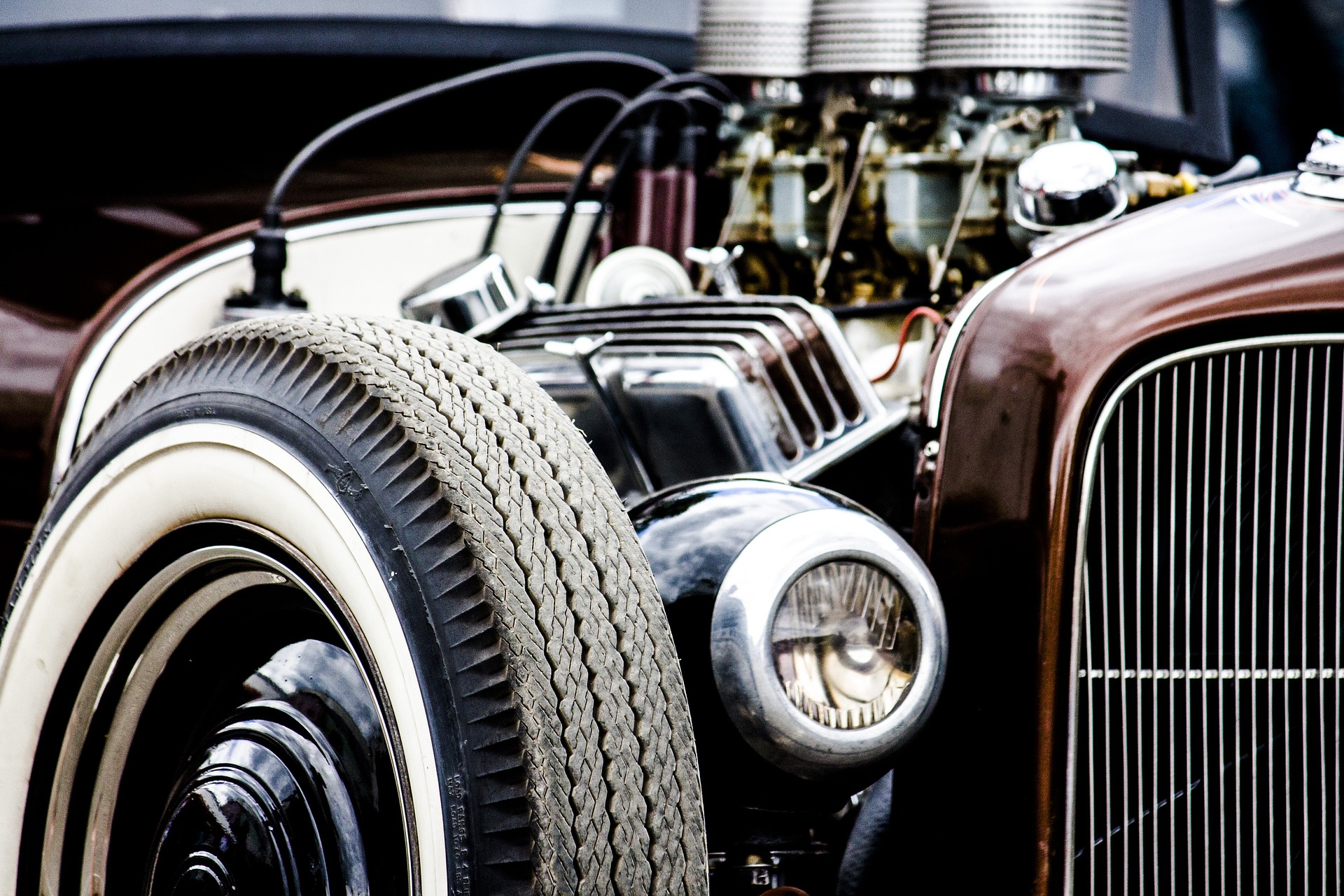Explore Muscle & Classic Cars For Sale
Browse evolving inventories of muscle, vintage and classic cars—find models ranging from affordable options to collector dream rides. Understand how pricing varies with rarity, condition and popularity. Discover information on typical listings and what distinguishes each category for enthusiasts.

What Defines Muscle Cars, Classic Cars, and Vintage Cars?
The automotive collector market features distinct categories, each with specific characteristics that influence pricing and availability. Muscle cars typically refer to high-performance vehicles produced primarily between 1964 and 1972, featuring powerful V8 engines in mid-size bodies. These machines were built for straight-line speed and aggressive styling.
Classic cars generally encompass vehicles that are 20-40 years old and possess historical significance, distinctive design, or cultural importance. They represent various eras of automotive evolution and may include luxury vehicles, sports cars, or iconic models that shaped their respective decades.
Vintage cars usually describe automobiles manufactured before 1930, representing the earliest era of automotive production. These vehicles showcase primitive yet fascinating engineering and craftsmanship from the industry’s infancy. However, the term “vintage” is sometimes used more broadly in casual conversation to describe any older automobile with nostalgic appeal.
Exploring Affordable Classic Cars Under Different Price Ranges
The classic car market offers entry points for various budgets, with several factors determining final costs. Vehicles under $15,000 often include project cars requiring restoration, less popular models, or examples with higher mileage and cosmetic imperfections. These options provide excellent learning opportunities for hands-on enthusiasts.
Mid-range classics between $15,000 and $50,000 typically feature solid mechanical condition with some restoration work completed. Popular models like Ford Mustangs, Chevrolet Camaros from the 1980s, or well-maintained European imports often fall within this bracket.
Higher-end classics exceeding $50,000 usually represent rare models, numbers-matching examples, or completely restored vehicles. Factors influencing cost include rarity, condition, documentation, matching numbers, restoration quality, and market demand. Provenance, such as celebrity ownership or racing history, can significantly impact valuations.
Popular Muscle Car Models in Current Inventories
Traditional muscle car inventory consistently features several iconic nameplates that defined the golden era of American performance. The Chevrolet Camaro, introduced in 1967 to compete with Ford’s Mustang, remains highly sought after, particularly SS and Z/28 variants with their potent small-block and big-block engines.
Ford Mustang models, especially those from the first generation (1964.5-1973), continue dominating muscle car listings. High-performance versions like the Shelby GT350, GT500, and Boss variants command premium prices due to their racing heritage and limited production numbers.
Chevrolet Chevelle Super Sport models, particularly those equipped with the legendary LS6 454 engine, represent some of the most powerful factory muscle cars ever produced. The Pontiac Firebird, including Trans Am variants with their distinctive styling and performance packages, rounds out the core quartet of readily available muscle car inventory.
Understanding Listing Descriptions for Transparent Browsing
Marketplace listings employ specific terminology that reveals crucial information about each vehicle’s condition and category. “Project car” typically indicates a vehicle requiring significant work, often with mechanical issues, rust, or incomplete restoration. These listings usually feature lower prices but represent substantial time and financial commitments.
“Affordable classic” descriptions suggest vehicles with acceptable condition for their price point, though they may require minor repairs or cosmetic attention. “Numbers matching” indicates original engine, transmission, and major components remain with the vehicle, significantly impacting value for serious collectors.
“Frame-off restoration” describes the most comprehensive restoration process, while “survivor” or “barn find” suggests original, unrestored vehicles with varying degrees of preservation. Understanding these terms helps buyers set appropriate expectations and budget accordingly.
| Vehicle Category | Price Range | Typical Examples |
|---|---|---|
| Project Cars | $5,000 - $15,000 | Non-running muscle cars, rust repair needed |
| Driver Quality | $15,000 - $35,000 | Running classics with minor issues |
| Show Quality | $35,000 - $75,000+ | Fully restored or exceptional survivors |
| Concours/Rare | $75,000+ | Numbers-matching, rare variants, perfect condition |
Prices, rates, or cost estimates mentioned in this article are based on the latest available information but may change over time. Independent research is advised before making financial decisions.
Factors Affecting Market Pricing and Availability
Beyond basic condition and rarity, several external factors influence classic and muscle car pricing. Economic conditions affect discretionary spending on collector vehicles, while generational preferences shift demand toward different eras and styles. Baby Boomers traditionally favored 1960s muscle cars, while younger collectors increasingly appreciate 1980s and 1990s performance cars.
Seasonal patterns also impact pricing, with spring and summer typically seeing increased activity and higher prices. Geographic location affects availability, as rust-free southern and western vehicles command premiums over examples from salt-prone regions.
The rise of online auctions and digital marketplaces has democratized access to inventory while creating more transparent pricing information. This increased accessibility has both expanded the buyer pool and created more competitive pricing across all segments of the collector car market.
Navigating the vintage automobile marketplace requires understanding these fundamental distinctions and market dynamics. Whether seeking an affordable entry-level classic or a pristine muscle car investment, knowledge of terminology, pricing factors, and model characteristics ensures informed decisions that align with your automotive passion and financial goals.




